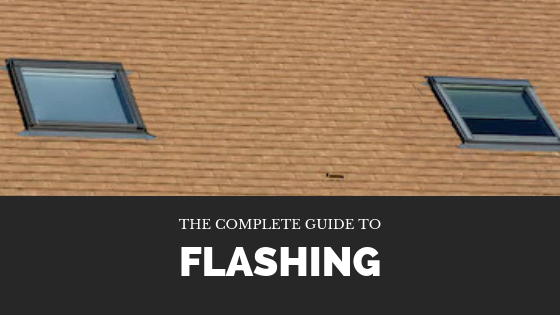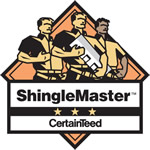The Complete Guide to Roof Flashing

The flashing of the roof is the most ignored part of the roof. People give too much credit to the shingles. Have you ever noticed a weatherproof, thin, flat material that prevents water from accessing the shingles? This is the roof flashing. It is mainly made from materials such as galvanized steel, stainless steel, copper, and aluminum. It is located on the exterior part of the house mainly around the gutters, chimneys, doors, and the windows. The flashing is very important to certain parts of the house, namely:
Edges of the roof (eaves and rakes).
This system directs water to the roof edge to prevent it from accessing the inner part of the roof. It prevents the materials under the roof from damage through rotting. Additionally, wrapping a flashing at the rake edge gives it an extra form of defense from lifting due to the strong winds. The gutters and shingles help the eaves by providing support. Eaves that have drip edge protect the fascia from water that accesses it by way of ice dams and clogged gutters. All roofs require this valley and wall system of flashing. Your professional contractor will advise the best option for your roofs needs.
The protrusions of the roof (skylights, kitchen vents, and bathroom vents)
These are complex roof features. Each feature requires unique materials and installing methods to provide a seal that is watertight. These areas need urgent waterproofing. This system works alongside the flashing roof system. A combination of these two system resemble that of a maintaining a boat afloat. This means that some of these penetrations are meant to keep the water out especially during seasonal extreme weather conditions such as summer rain cycles, freeze-thaw cycles, wind-driven rain, and winds.
Low points of the roof where the slopes meet (valleys)
Water is bound to flow down to the valley of your roof when it rains. Most of the shingles are not flexible and are too thick to go through weaving. The only solution one has when it comes to shingles is the use of a metal valley flashing. This metal valley flashing installation is done under the shingle edges but over the underlayment. The shingles do not come into contact and they expose the valley flashing by forming a gap. This enables the water to run off the roof edge, down the gutters through the valley flashing.
Meeting point of the wall and a roof surface (front walls and sidewalls)
This is where the roof deck and vertical wall of the home meet. The front wall is also referred to as a headwall. The vertical wall is behind a roof deck that is slopping. The sidewall is at the edge of roof deck that is slopping. As rain pours and wind blows, the water is blown towards of the wall of the house. This water would then run down the slope to the point where the roof deck is. Joint flashing prevents water from accessing the shingles and walls. The water is directed to the gutter that drains it from the roof.

In Awe Roofing Limited is an Award-Winning, family owned and operated Vancouver Roofing Contractor with over 17 years of roofing experience. We serve the entire Lower Mainland area, from Whistler to Chilliwack, employing a team of professional staff members. Our team has won numerous awards including Best of Homestars for the last five years, and Three Best Rated six years in a row. Learn more






















